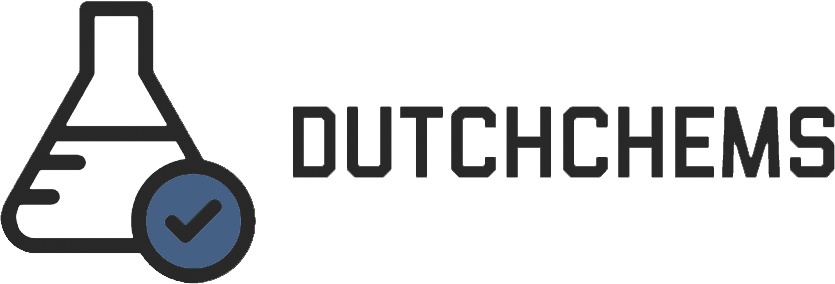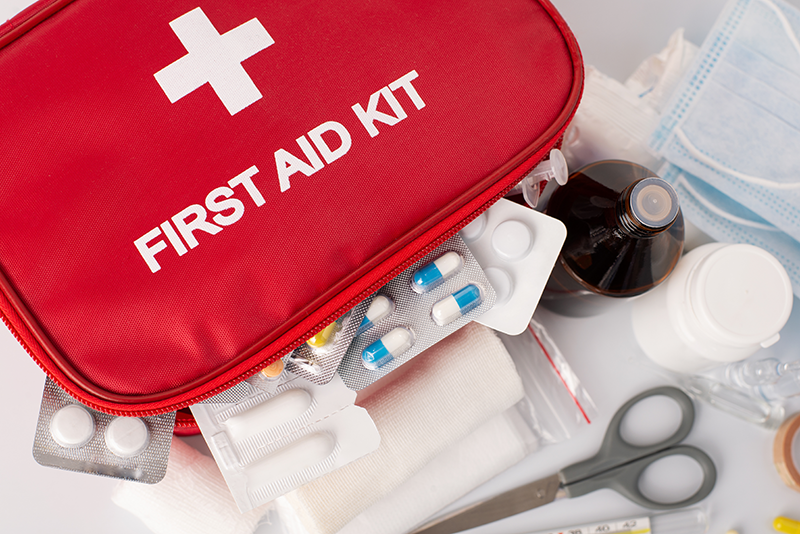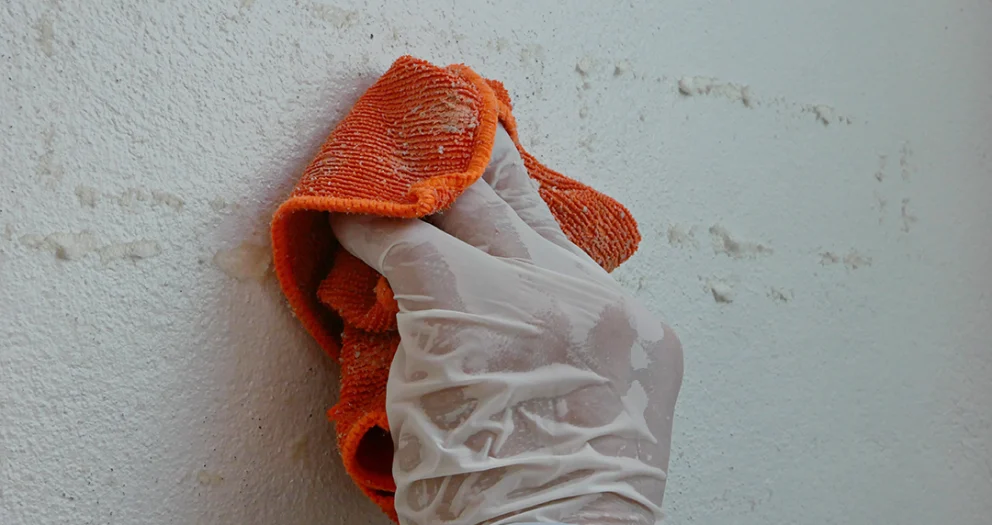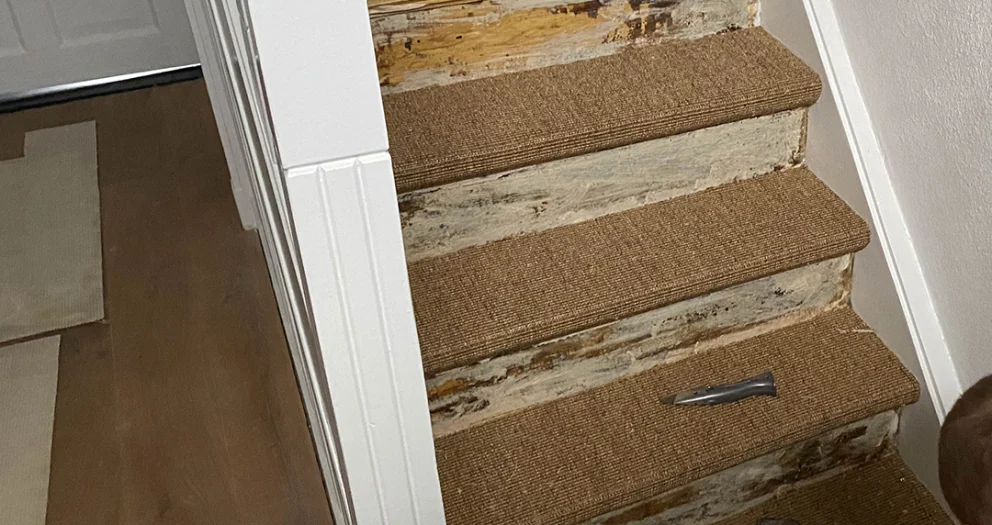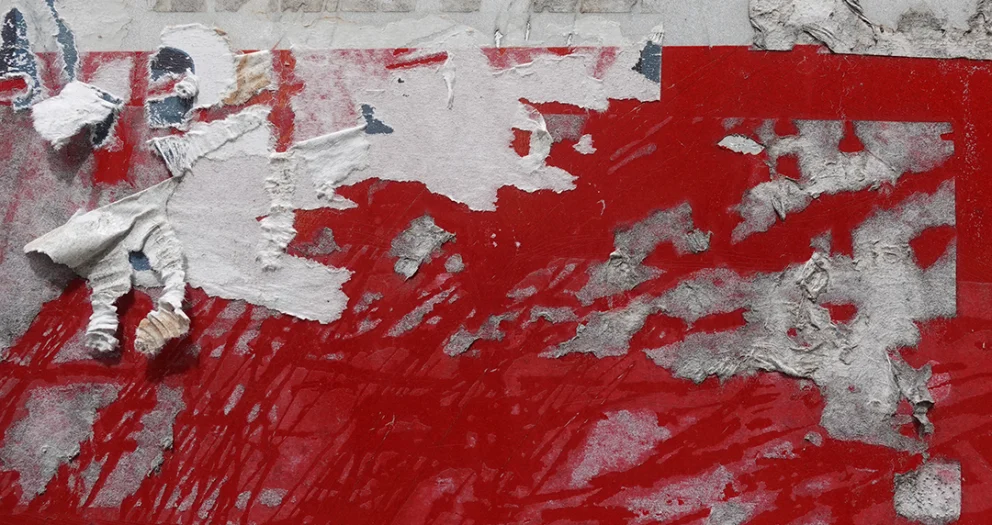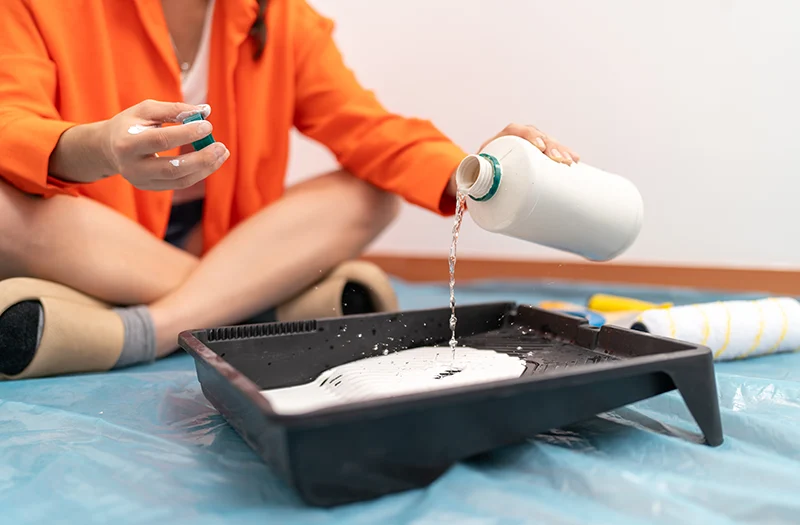A first aid kit (First Aid for Accidents) is essential in any environment, whether at home, at work, while traveling or playing sports. It allows you to respond quickly and effectively to minor injuries and emergencies. But what exactly is in a standard first aid kit? This article provides a comprehensive overview of the basic supplies that should not be missing in a good first aid kit.
Basic components of a first aid kit
1. Plasters and bandages
- Bandages in different sizes for minor cuts and scrapes.
- Sterile gauze pads for covering larger wounds.
- Adhesive bandages to keep gauzes in place.
- Roll of bandages to support joints or apply a pressure bandage.
- Triangular cloths for making a sling or splinting limbs.
2. Cleaning and disinfection
- Antiseptic wipes to clean wounds and prevent infections.
- Disinfectant gel or ointment for further treatment of cuts and scrapes.
3. Instruments
- Scissors for cutting bandages and clothes.
- Tweezers for removing splinters or small foreign objects.
- Safety pins to secure bandages.
- Thermometer for measuring body temperature.
4. Protective equipment
- Gloves (preferably nitrile or latex-free) to protect yourself and work hygienically.
- CPR face mask for safely performing CPR.
5. Medication and other supplies
- Painkillers such as paracetamol or ibuprofen.
- Anti-allergy medications such as antihistamines for unexpected allergic reactions.
- Burn gel for the initial treatment of minor burns.
- Cooling bags for reducing swelling or cooling burns.
Additional Items
Depending on personal needs or specific situations, you can expand the first aid kit with:
- Tick remover for areas where ticks occur.
- Saline solution for rinsing eyes or wounds.
- Sugar or glucose solution for diabetics or low blood sugar levels.
- Heat or cold packs for muscle pain or sprains.
Personalization maintenance
It is important to adapt the first aid kit to the specific needs of your family or group. For example, consider extra medication for chronic diseases or allergies. Check the kit regularly for expired products and replenish them where necessary.
Use the Red Cross checklist
The Red Cross offers a checklist to check whether everything in your first aid kit is complete. You can download this checklist by pressing the button below.
Conclusion
A well-equipped first aid kit is indispensable and can come in handy in many situations. By ensuring you have a complete set with the right supplies, you are always prepared for unexpected incidents. Remember that it is not only important to have a first aid kit, but also to know how to use it. Therefore, consider taking a first aid course so that you can act effectively in an emergency.
